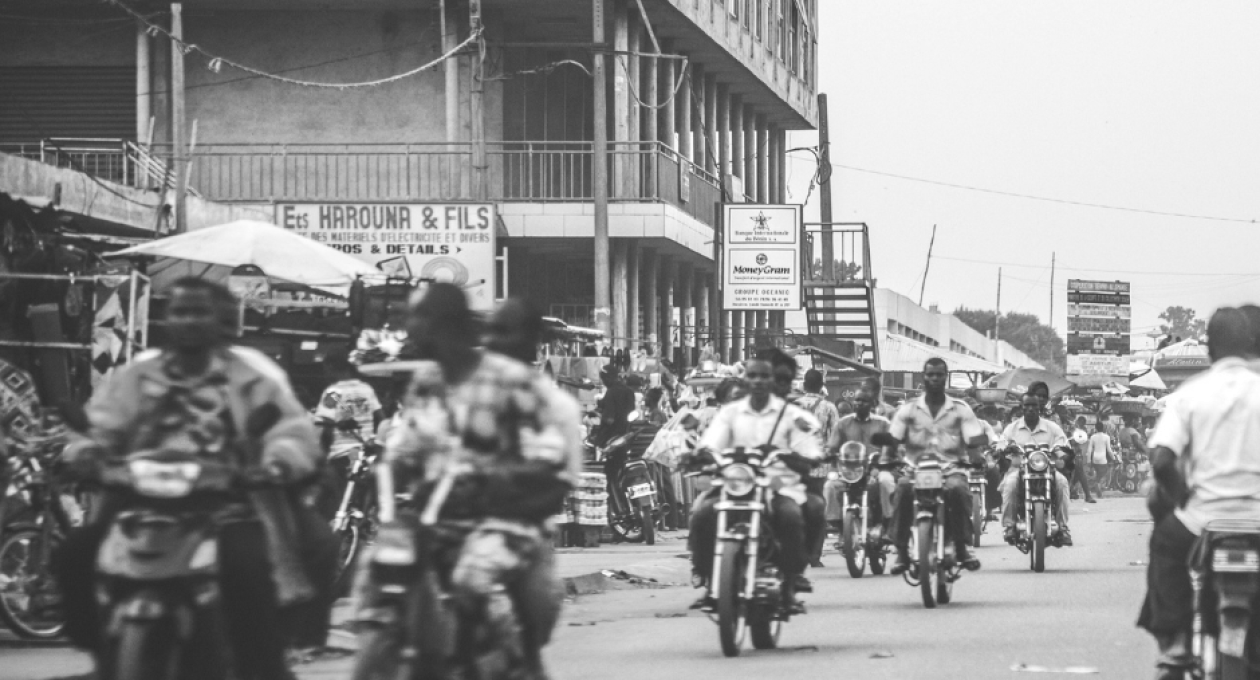In rural Kenya, a woman went into labor at home and began to have complications. She rode on the back of the motorcycle to the nearest hospital, two hours away. There, on the back of this motorcycle, she began to hemorrhage as the motorcycle traversed rough terrain. Sadly, both she and her newborn were pronounced dead before they arrived at the hospital.
This situation is all too common in sub-Saharan Africa, which accounts for over 50% of maternal deaths and close to 7,000 newborn deaths each day. Most of these deaths are preventable. Maternal mortality refers to the number of mothers who die related to pregnancy.
What are the leading causes?
Like in the story, the leading cause of maternal mortality is hemorrhage, where a woman loses too much blood during birth. Other leading causes of maternal mortality are eclampsia (marked by seizures or convulsions during birth), pregnancy-related infections, and other complications.
Why is it so high?
There are systemic issues that lead to high maternal mortality, including:
- Lack of Healthcare access
In rural regions of sub-Saharan Africa, the nearest hospital can be hours away. Many communities may have a small clinic, but it may not be equipped with skilled staff or proper equipment to address common birth complications adequately. - Poor Infrastructure
Poor roads, faulty communication systems, and inadequate transport cause major delays in emergencies. Women at local clinics who are referred to hospitals may not have access to an ambulance, the ability to communicate with the hospital, or may need to travel on rough roads to get there. In pregnancy, time is critical and can mean the difference between life or death. - Poor health-seeking behavior
Many women do not have access to antenatal care or visits leading up to pregnancy. Many potential issues can often be caught before pregnancy and help the woman and her healthcare provider to prepare, avoiding complications. Likewise, rural communities often need education on the benefits of skilled deliveries and how to ensure their health and safety, knowing potential warning signs. Many women decide to give birth at home, apart from a skilled birth attendant, which raises their chances of complications.
Maternal Mortality in Kenya
In a recent publication produced by the World Health Organization, Kenya’s maternal mortality rate is characterized as “very high”. Between 2017 to 2020, the country’s maternal mortality rate grew by 55%, affecting rural regions disproportionately to urban areas. The country was also ranked “very low”
for providing obstetric services. The government is working on changing this trend with better access to health and maternal services and widespread insurance.

Angel Covers in Rural Kenya
Angel Covers currently has trained staff able to facilitate safe births in a region where many lack access to healthcare and he maternal mortality rate is high. Our plan is to grow this program with the addition of a neonatal and maternal wing that will provide 24/7 care. We will also hire an additional nurse who is skilled in deliveries and purchase vital equipment needed for common complications.
